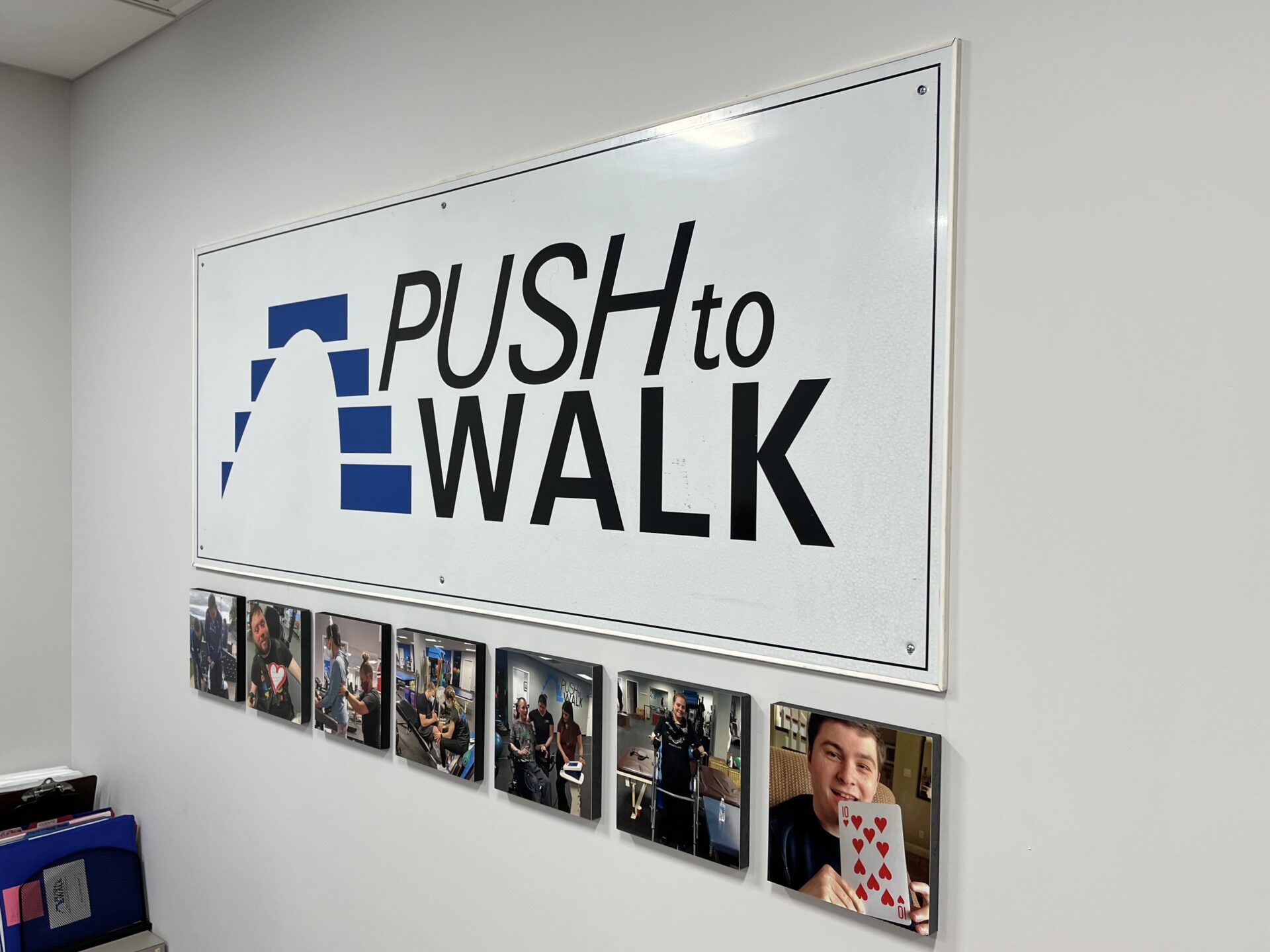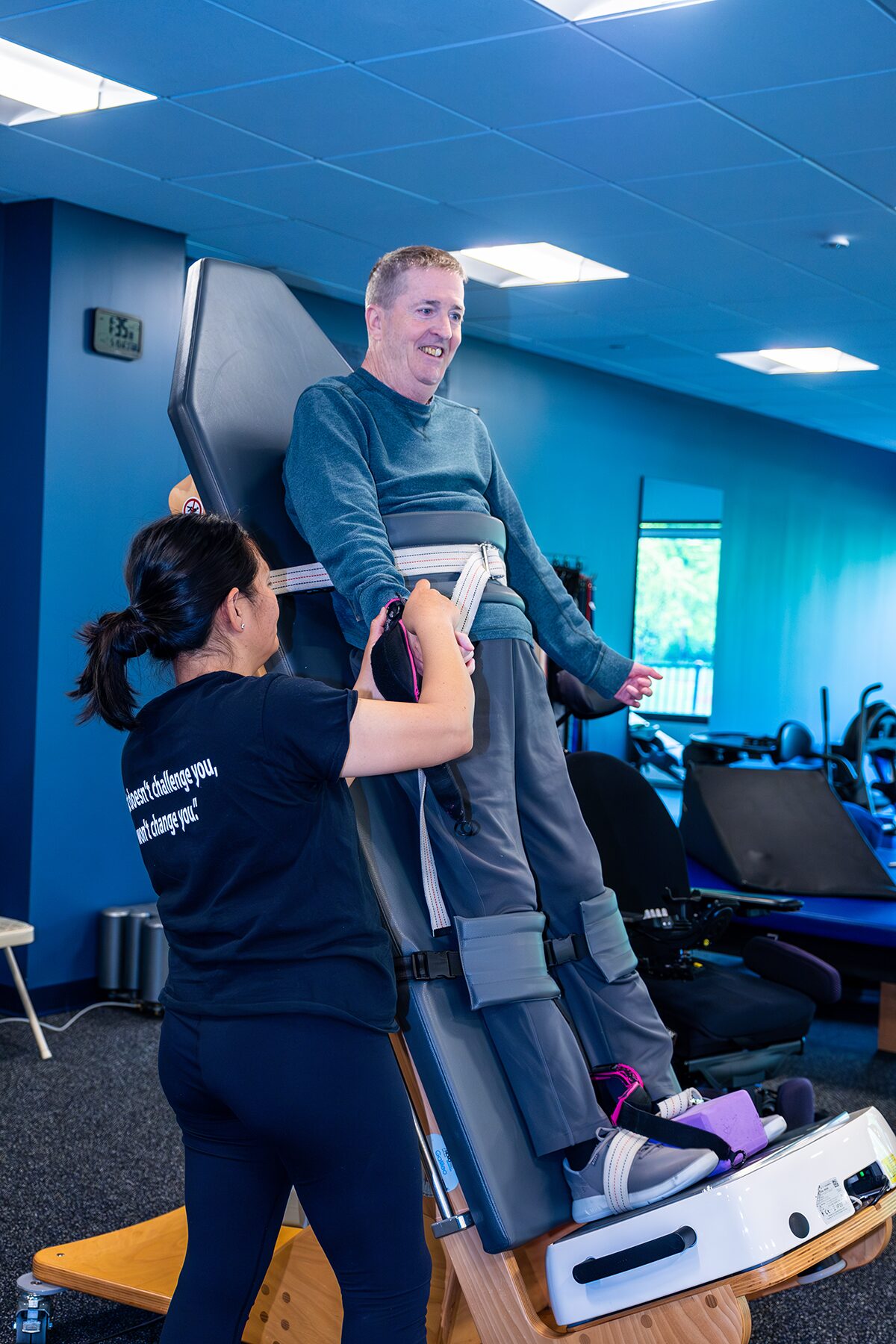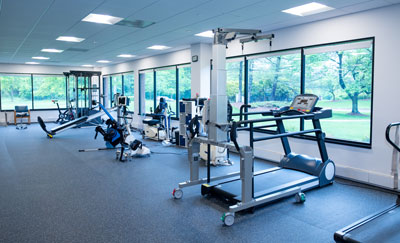Push to Walk History
Push to Walk (PTW) was founded in 2007 by people who have been directly impacted by paralysis and understand the physical, psychological, emotional, and financial effects it can have on those who experience such trauma.
How Push to Walk Came to Be
Darren Templeton sustained a C5 spinal cord injury after diving into shallow water in
July 2004. He was eighteen years old at the time. Upon completing traditional in-patient and outpatient rehabilitation therapy, Darren was looking for a way to improve and
increase his abilities. After hiring a personal trainer, and repeatedly attending an
intensive exercise program in California, Darren had the idea to start a similar program
in New Jersey.
Darren founded Push to Walk as a nonprofit organization with his mother, Cynthia
Templeton. They opened their doors to the first PTW 1000-square-foot facility in
Bloomingdale, NJ in January 2007, welcoming their first three clients.
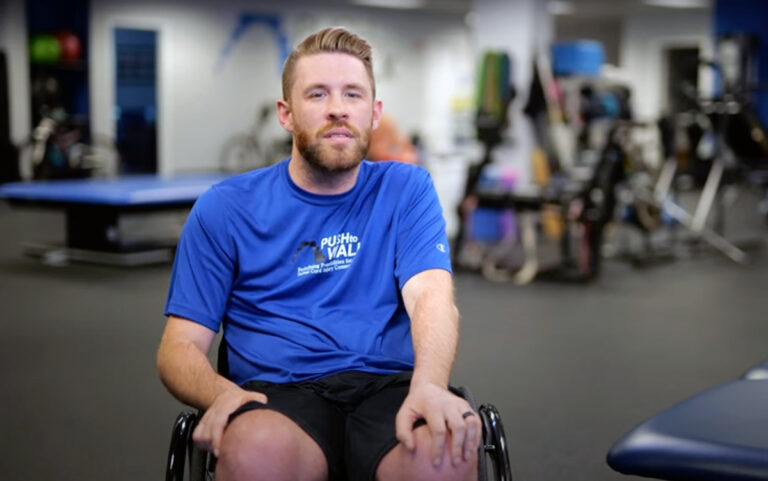
Our Growth Over the Years
After only 18 months, in August 2008, PTW outgrew its first facility and moved to a new 3,500² ft location in Riverdale, NJ. Then after several years of dedication, we were able to add another 3,500² ft to our space by expanding upstairs.
As the news about our rehabilitation exercise program spread, we expanded our clientele to include people with traumatic brain injuries, Multiple Sclerosis, stroke, Cerebral Palsy, Parkinson’s, and other neurological conditions that affect mobility. To continue to provide for our growing organization, in October 2016 Push to Walk moved to Oakland, NJ. Furthermore, in March 2024, PTW relocated to Montvale, NJ; to introduce group fitness classes and transform PTW’s Robotics programs. Our Montvale facility features other new innovations, such as our Solo Step Overhead Harness
System.
Besides location expansion, to efficiently accommodate the members of our community, we continuously seek and acquire the latest state-of-the-art equipment, including the Rifton Walker, Red Light Therapy, Galileo, and Functional Electrical Stimulation devices. These improvements aide individuals in reaching their goals of increased strength, mobility, and independence. System.
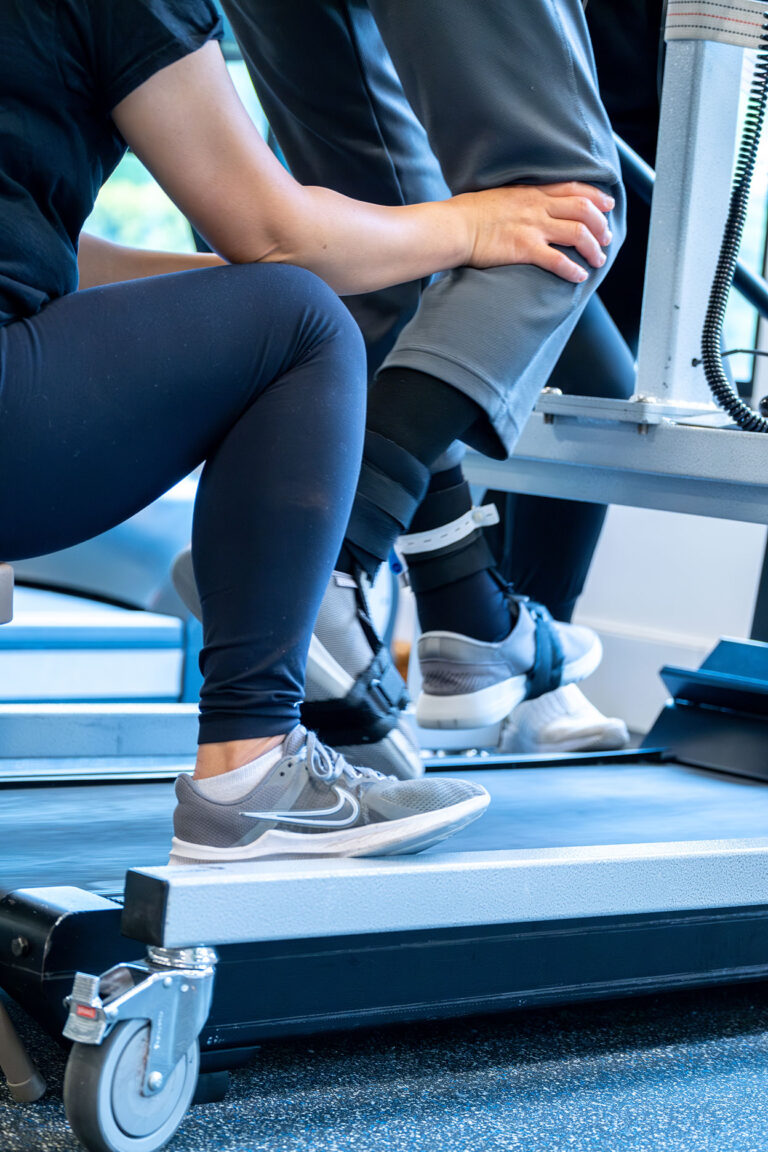
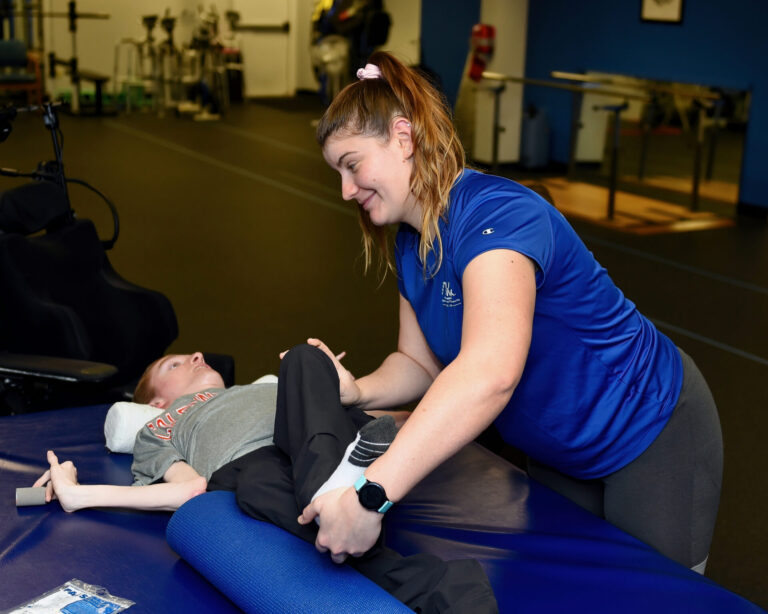
Our Achievements
For the past 18 years, Push to Walk has served thousands of families and hundreds of clients, all motivated to enhance their quality of life with our neuro-focused training.
Our success is possible due to the impactful funding we receive from foundations, corporate sponsors, and individual donors. These donations directly fund our state-of-the-art equipment and neurological fitness program. PTW’s supporters understand the difference their contributions are making in the lives of individuals living with neurological conditions.
However, the real achievement of Push to Walk is not represented by its certificates, location expansions, or the acquisition of new technology. Rather, we are defined by what goals clients fulfill in our specialized exercise center that transforms their lives for the better. The personal accomplishment of each client is our imperative. Those objectives might look like the first time walking in five years, transitioning from sitting to standing with minimal assistance, walking up the stairs, or even just gaining confidence. These are the differences that matter. We will continue to help our clients set and achieve goals like these so they can lead productive and fulfilling lives.
Fostering Community and Support
Throughout its history, Push to Walk has made supporting not only its clients but also their families, a priority.
We strive to offer as many resources as possible for our community. For instance, in July 2012 we initiated a week-long summer camp program. This program offered motivational speakers, adaptive sports, trivia nights, and other activities to bring the PTW family together. We have also expanded our community outreach by organizing open houses, golf outings, casino nights, and other events for donors, clients, and their families/friends. Additionally, ongoing dialogue with the medical community, expert researchers, and contemporary academics on future medical advancements has been an important focus for us at Push to Walk. In recent years, our organization has received increasing recognition from the academic and research community for the value of our approach to our rehabilitation program.
